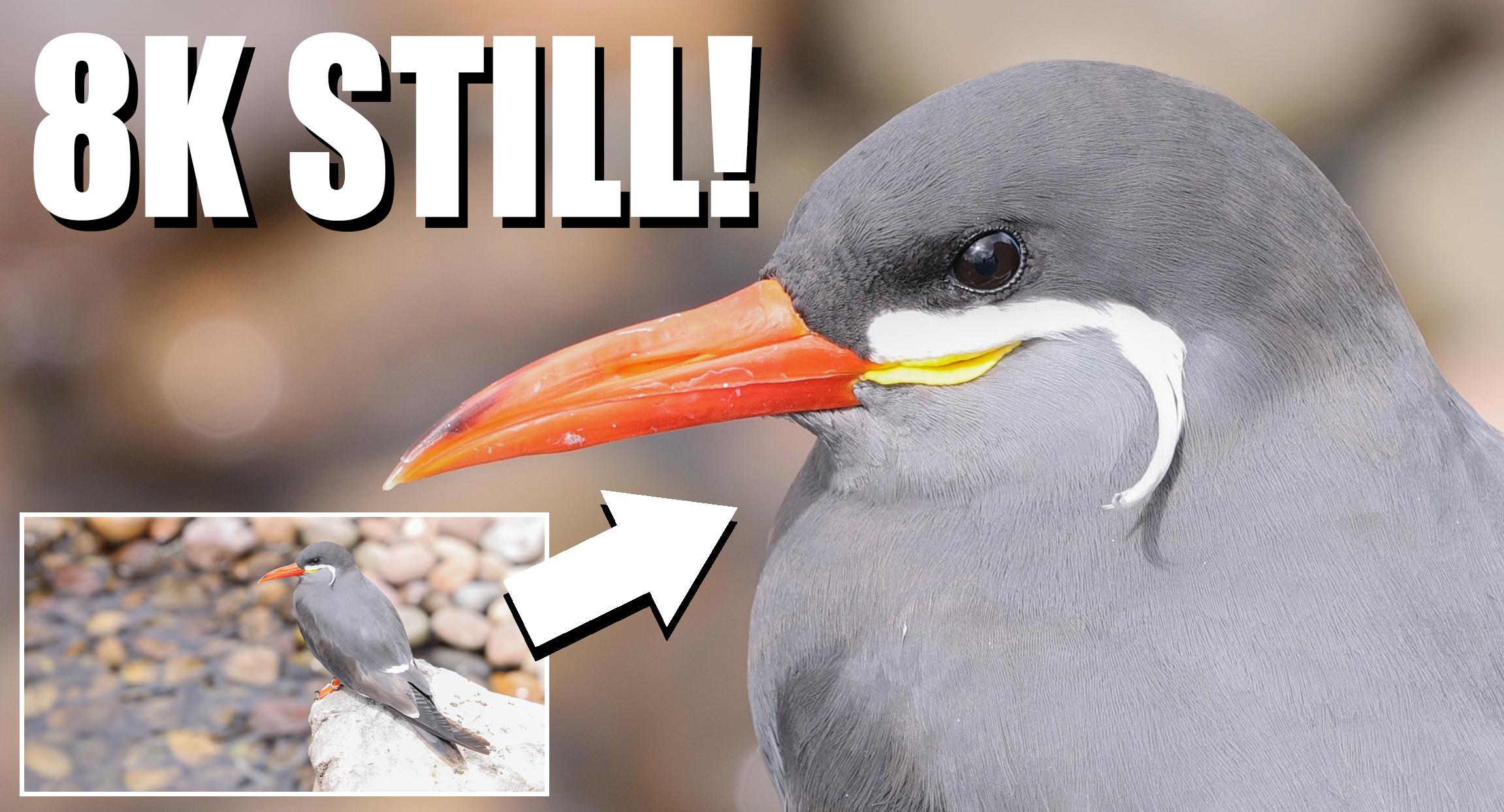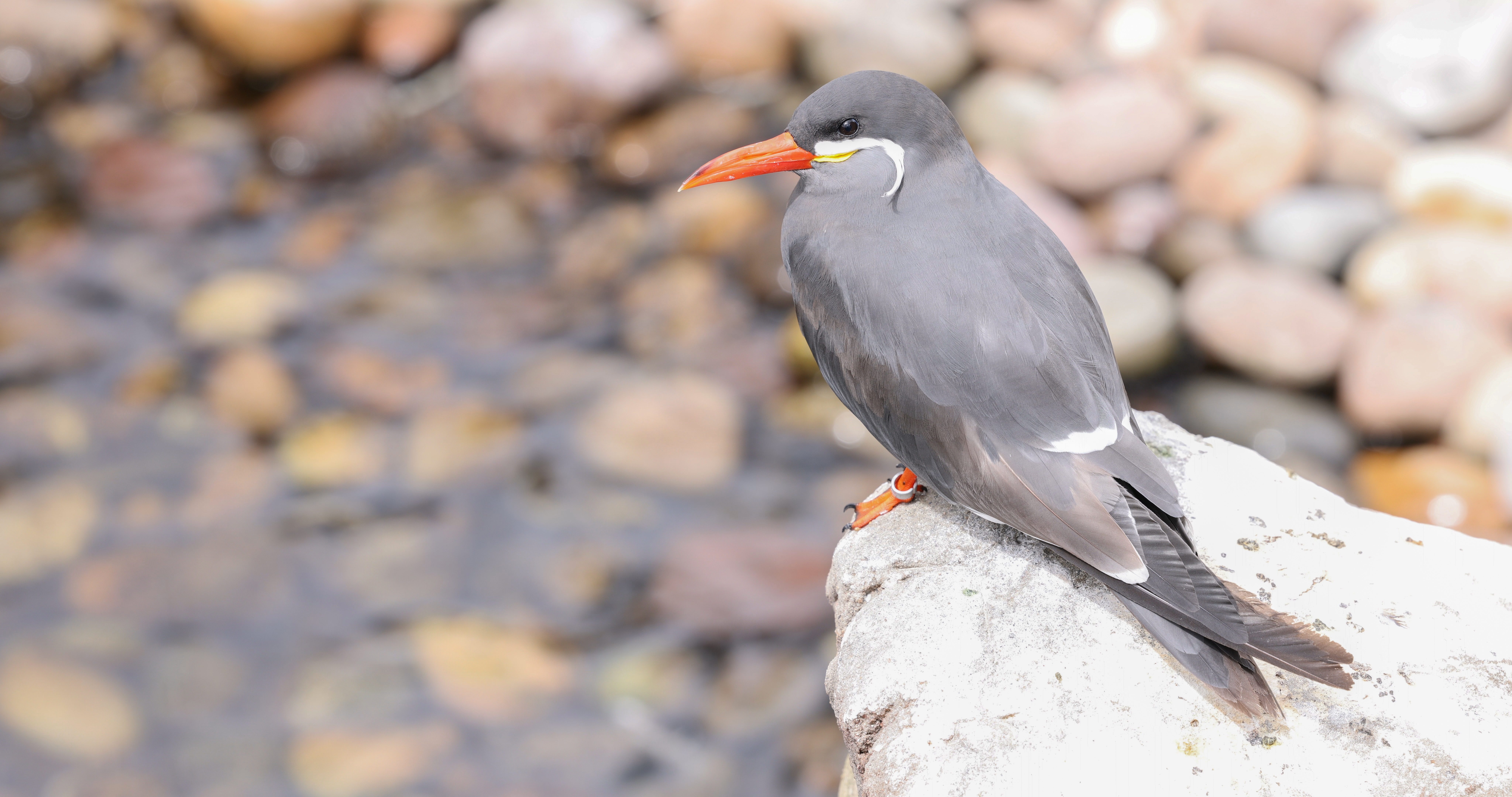Canon EOS R5 – 8K frame grabs are better than your camera's "proper" photos!
The Canon EOS R5 can pull 35.4MP images from 8K video – and the quality is better than most cameras' native stills

Shooting video isn't just good for videography itself – with the Canon EOS R5, you can frame grab a 35MP photograph from 8K footage!
(Image credit: James Artaius / Digital Camera World)By now everyone knows that the Canon EOS R5 can shoot 45MP images, and captures 8K video. However, not much has been said about the Frame Grab function that enables you to extract 35.4MP still images from that 8K footage.
Well, we've been playing with Frame Grab and it's one of the Canon EOS R5's absolute highlights. In fact, these 35.4MP stills pulled from video files are actually better than the native photographs taken on most cameras with a 30-something megapixel sensor.
We've seen this kind of frame-grabbing before, of course. It's a favorite of Panasonic, with cameras like the Panasonic G9 and GH5 boasting 4K Photo and 6K Photo modes, whereby you can extract an 8.3MP still from a 4K movie clip or an 18MP still from a 6K file.
However, on the Panasonics it was arguably little more than a gimmick. An 8.3MP image might be good enough for social media, and 18MP will get you a bit further, but there was no way these stills were going to challenge actual photographs for detail and fidelity.
Not so for the Frame Grab on the Canon EOS R5. Thanks to the enormous 8,192 x 4,320 resolution of its 8K mode, it can produce a pristine, high-resolution file that looks like it was taken as a photograph on a camera with a very good 35MP sensor.
Take a look at the sample images below and make sure to click the icon in the top-right corner to view them full size:


In the shot of the Inca tern, zoom in on the eye and you can see the reflection in its gaze, the detail of every fiber and feather, and the fluff and textures of its bill. In the shot of the female model, again zoom in on the eyes – the eyelashes, the pores of skin, the individual hairs, they're all sharp.
Get the Digital Camera World Newsletter
The best camera deals, reviews, product advice, and unmissable photography news, direct to your inbox!
If you thought that this mode would be just a bit of marketing nonsense, with results no better than if you take a screenshot on your computer while watching a 4K video on YouTube, you need to think again. Because now, for the first time ever, you can literally film an entire photoshoot and then just pull the photographs you want afterwards – the tech is that good.
Would anyone ever actually do that, though? After all, it's hardly a "proper" photoshoot, is it? Maybe, maybe not. But there are real-world applications.
How about those timing-based still life shots of water droplets or fruit dropping into water? Or street photography, where you're waiting for the exact moment your subject steps into the shaft of light in your scene? Or wedding photography, where you can now film chunks of the ceremony and not miss a single magic moment?
There is a caveat, though: because these are JPEGs extracted from video files, they don't have anything like the same amount of detail in the highlights and shadows. The exposure is baked in when the video is recorded, so you'll get next to no recovery from the bright areas and a much reduced amount from the dark areas.

Of course, unlike taking photographs in raw where lazy shooters simply rescue the details in post rather than get exposure correct, when shooting video you are far more conscious of things like overexposure (the R5 even features zebras, to prevent blown-out highlights).
Yes, there will be those times where you're videoing outdoors and the sun pops out unexpectedly. If you're working in a controlled environment, though, or somewhere there won't be massive fluctuations in lighting, you can just expose correctly in-camera and you won't need to play with the sliders in Photoshop.
Is it the future of photography? Perhaps not. However, Canon's 8K Frame Grab is a legitimate option for capturing high-resolution images where you otherwise may not have the speed, the reflexes or the opportunity to capture a conventional photo. It's definitely something that we're going to use a lot on the R5 going forward.
Read more:
Hands on: Canon EOS R5 review
The Canon EOS R5 is a CHEAT CODE for wildlife photography
Canon EOS R5 vs R6: What are the differences and which is best for you?

James has 22 years experience as a journalist, serving as editor of Digital Camera World for 6 of them. He started working in the photography industry in 2014, product testing and shooting ad campaigns for Olympus, as well as clients like Aston Martin Racing, Elinchrom and L'Oréal. An Olympus / OM System, Canon and Hasselblad shooter, he has a wealth of knowledge on cameras of all makes – and he loves instant cameras, too.
